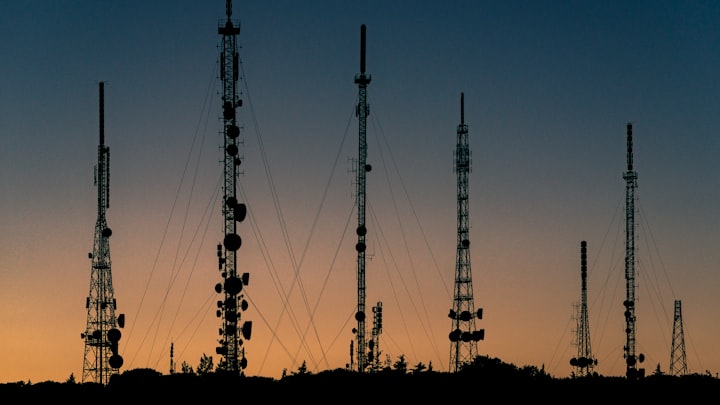Scope 3 Emissions in the Aerospace Sector: An Expert's Perspective on Supplier Dynamics Amidst the Quest for Sustainable Aviation

The aerospace industry, a marvel of human engineering and a vital component of global connectivity, is undergoing a transformative journey in the face of sustainability challenges. As the sector propels humanity to new heights, its environmental footprint, particularly its Scope 3 emissions, becomes a focal point of discussion. This article offers an in-depth exploration for sustainability professionals, delving into the nuances of supplier relationships, the evolving demands of stakeholders, and the intricate web of regulations that govern the skies.
1. Dissecting the Scope 3 Conundrum in Aerospace:
The aerospace sector's Scope 3 emissions are multifaceted:
- Raw Material Procurement: Emissions from the extraction and processing of metals, composites, and other materials vital for aircraft manufacturing.
- Component Manufacturing: Emissions arising from the production of intricate aircraft components, from engines to avionics, by third-party suppliers.
- Aircraft Operations: Emissions from the combustion of aviation fuels during flights, a significant contributor to the industry's carbon footprint.
- End-of-life: The emissions associated with aircraft decommissioning, recycling, or repurposing.
2. Supplier Dynamics: Pioneering Sustainable Aviation:
The aerospace supply chain is at the forefront of green innovation:
- Sustainable Aviation Fuels (SAFs): Research and development into alternative fuels that can reduce the carbon footprint of flights.
- Efficient Design: Innovations in aircraft design, such as winglets or lightweight materials, that enhance fuel efficiency.
- Electrification: Exploring the potential of electric or hybrid propulsion systems for aircraft.
3. The Evolving Stakeholder Landscape:
Stakeholder expectations are reshaping the aerospace sector:
- Green Travel Demand: A growing segment of travelers are seeking eco-friendly flight options, pushing airlines and manufacturers towards sustainability.
- Carbon Offsetting: Initiatives by airlines to offset their emissions through reforestation or renewable energy projects.
- Sustainable Airports: The push for green airport operations, from ground services to terminal operations.
4. The Regulatory Horizon:
The aerospace sector operates within a stringent regulatory framework:
- Emissions Caps: International agreements, such as the CORSIA by ICAO, that set limits on aviation emissions.
- Noise and Pollution Standards: Regulations that mandate reductions in aircraft noise and emissions at airports.
- Research Incentives: Government-backed incentives for R&D into sustainable aviation technologies.
5. Navigating the Future Skies:
For forward-thinking aerospace entities:
- Collaborative R&D: Joint research initiatives focusing on breakthrough technologies, from hydrogen propulsion to vertical take-off systems.
- Stakeholder Engagement: Dialogues with passengers, airlines, regulators, and communities to co-create the future of sustainable aviation.
- Industry Alliances: Partnerships with fuel producers, tech innovators, and other stakeholders to drive the green aviation agenda.
In Summation:
The aerospace industry, while enabling global connectivity, faces the monumental task of reconciling its operations with environmental imperatives. As it confronts its Scope 3 emissions, the sector is also championing innovations that promise a future of sustainable aviation. For sustainability experts, the aerospace domain offers a dynamic blend of challenges and opportunities, a theater where engineering brilliance meets ecological responsibility. With strategic foresight, collaborative endeavors, and a commitment to continuous innovation, the aerospace sector can redefine the very essence of flight in the age of sustainability.




Comments ()